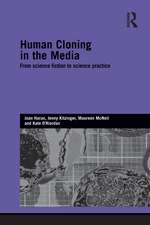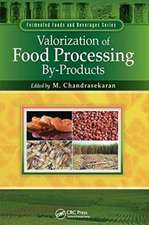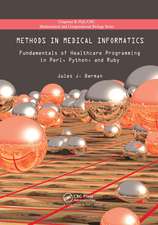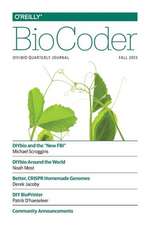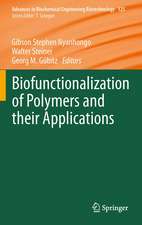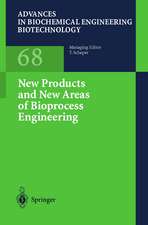Exploring the Biotechnological Potential of C2 Alternative Substrates in Biocatalysis and Metabolic Engineering
Autor Wenfa Ngen Limba Engleză Hardback – 27 ian 2022
Preț: 1024.44 lei
Preț vechi: 1314.80 lei
-22% Nou
Puncte Express: 1537
Preț estimativ în valută:
196.02€ • 205.22$ • 162.20£
196.02€ • 205.22$ • 162.20£
Carte disponibilă
Livrare economică 15-29 martie
Preluare comenzi: 021 569.72.76
Specificații
ISBN-13: 9781685075552
ISBN-10: 168507555X
Pagini: 256
Dimensiuni: 155 x 230 mm
Greutate: 0.49 kg
Editura: Nova Science Publishers Inc
Colecția Nova Science Publishers Inc
ISBN-10: 168507555X
Pagini: 256
Dimensiuni: 155 x 230 mm
Greutate: 0.49 kg
Editura: Nova Science Publishers Inc
Colecția Nova Science Publishers Inc
Cuprins
Preface; Acknowledgments; Introduction; Developing Ethanol Utilisation for NADH Regeneration in Biocatalysis; Future Project A: Use of Ethylene Glycol Utilization Pathway for Regenerating NADH in Escherichia Coli; Future Project B: Teaching Bacillus Subtillis to Grow on the Unconventional Substrate Ethylene Glycol through Metabolic Engineering; Future Project C: Evaluating if Connecting Ethylene Glycol to Acetyl-Coa in Bacillus Subtilis Is the Optimal Approach for Powering up Amino Acid and Protein; Synthesis; Conclusion; References; Index.



